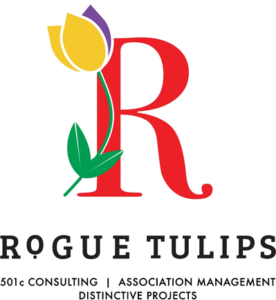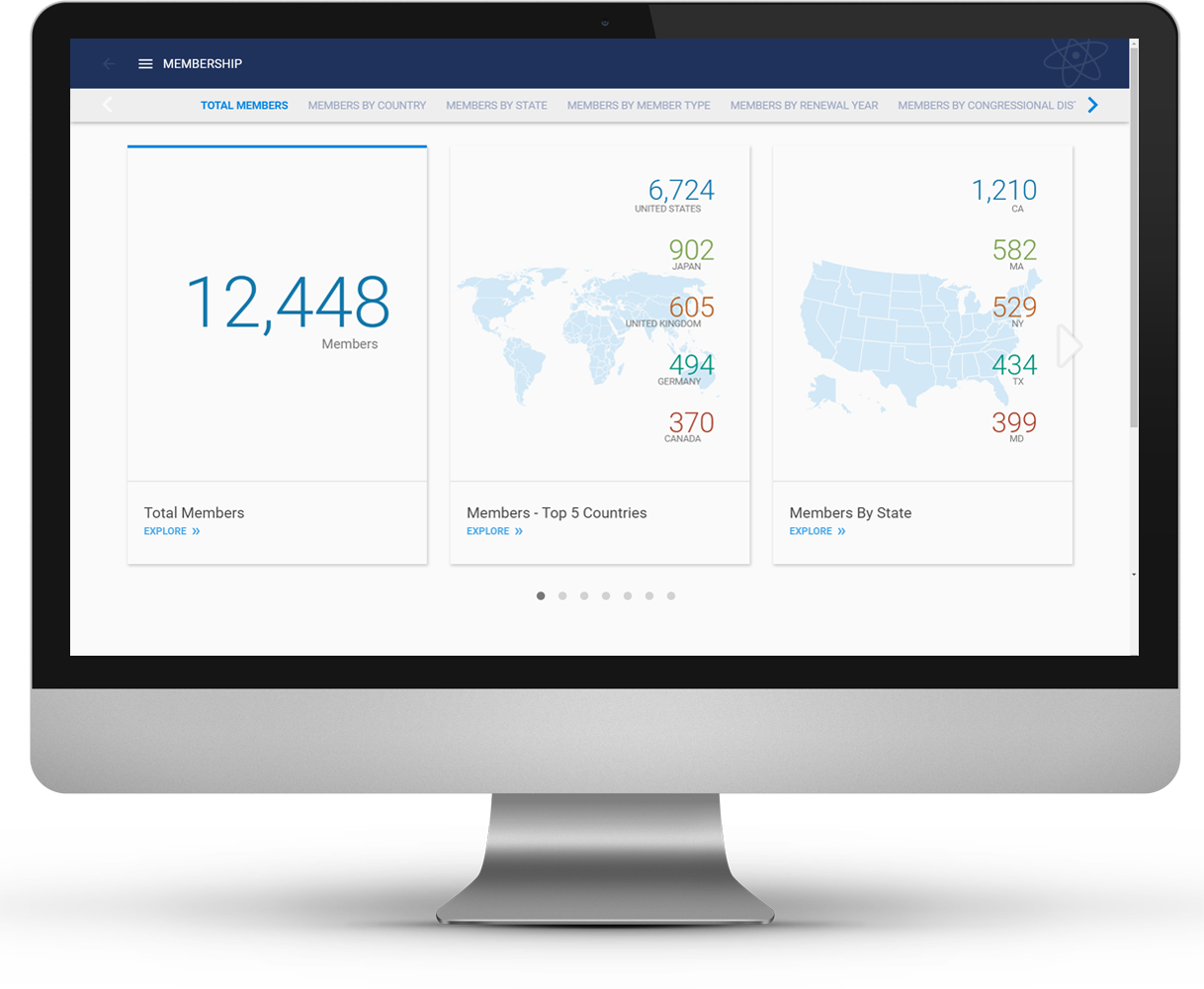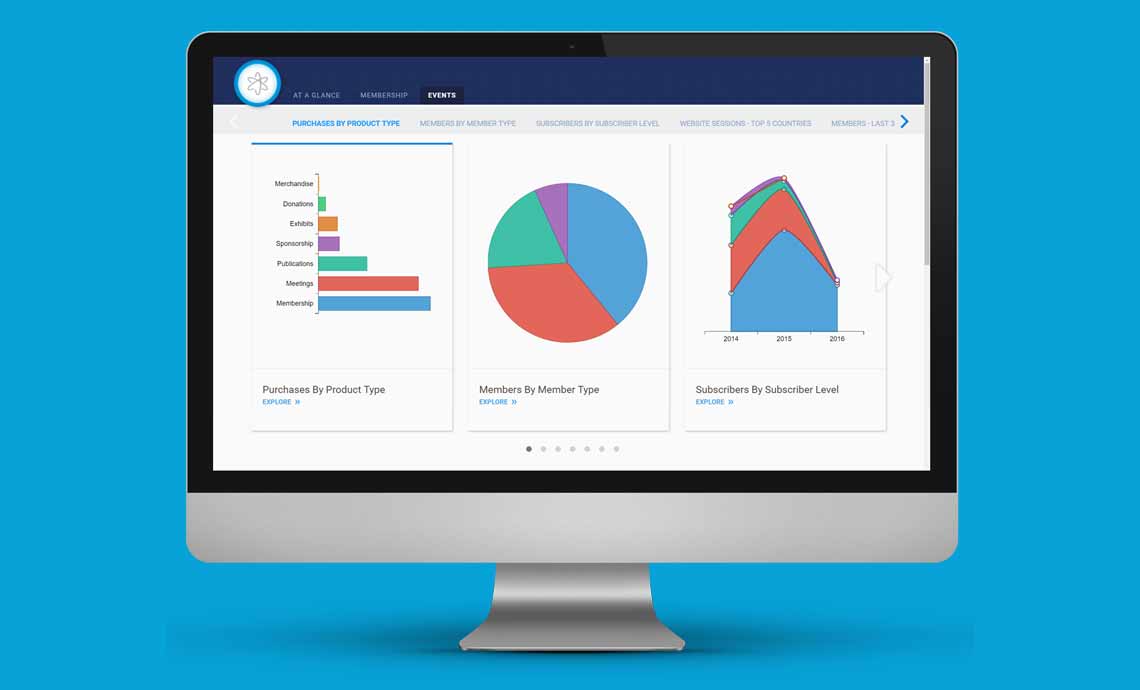When association leaders and staff want to gather information and opinions from their members, often the first idea is to conduct a member survey. With the number of data collection tools available on the internet for little or no cost, it’s tempting to inundate members with surveys about everything from the color of the annual meeting theme to crucial issues like dues increases or social issues.
While it’s good to collect input, this can be a problem.
If you survey your members too often, you create a condition called “survey fatigue.”
It’s why your response rate to surveys dwindles over time. The more you survey, the more people will stop paying attention. If you remember the story of the boy who cried wolf, then you understand your members’ reaction: “Another ‘important’ survey? PUHLEEZE.”
And they are right: Too many surveys from too many departments or groups in the association not only creates fatigue in your audience; it also sends a message that no one is coordinating data collection.
Plan Ahead
As your association collects data over time, it is important to have a plan in place as to when, how, and to what purpose data will be collected. Efforts need to be coordinated across the organization so that data informs your decision-making process, whether it is deciding on a meeting venue or supporting your strategic plan.
Some questions to consider before conducting a survey include:
- Why are we conducting a survey? What question are we trying to answer? What problem are we trying to solve?
- Does some or all of our desired data already exist anywhere within the organization? [This is known as “secondary research” meaning the data already exists.]
- Can we achieve our intended results without asking members to complete a survey?
- Who will we survey? Members? Nonmembers? Former members? Sponsors?
- How does this survey support our strategic plan or strategic goals? Will this data help us to make decisions or take action?
Once you know your survey’s raison d’etre, you can move forward in designing a survey instrument (also known as “the questions”).
An Effective Survey
Some tips for writing surveys include:
- Keep it short and to the point. Surveys that get strong responses tend to be 15 to 20 questions because the individual responding is less likely to get tired and stop (a condition known as “respondent fatigue”). It tends to take about 20 minutes to answer a survey of this length. But, “less is more.” If you can create a shorter tool, do it.
- Generally, the rule for online surveys is to use a quantitative tool that collects “hard” data for analysis. These types of questions tend to be ranking questions (e.g., in your opinion, what are the three most important member benefits?) or multiple choice questions (e.g., from this list, pick up to three organizations other than this one that you belong to).
- However, don’t be trapped by convention. Online qualitative tools (open-ended questions that collect ideas and opinions, or “soft data”) can be just as informative as a quantitative tool. What you are trying to accomplish will inform your choice of the type of online data collection tool.
Once you have established the reason for your survey, decided who you will survey, designed the survey, and identified a tool, what do you do with this data once you have it?
Data Into Action
Often associations collect data and read the reports but then don’t do anything with it. Knowing doesn’t matter if you don’t act on it. So, how can associations collect data and actually use it? Here are some thoughts:
- Even if you don’t have a research department, have a research plan. Know what you want to track and why you are tracking it. Schedule surveys or other data collection opportunities every 18 months to two years. Trends are identified over time, so don’t survey once and wait seven years to do it again.
- Build consensus on steps to take by involving staff at all levels as well as volunteer leadership. The best plans are the ones that everyone has a stake in seeing succeed.
- Tie your data collection activity to your strategic plan or goals; the data is vital to informing action or business plans related to strategies.
Finally, an absolutely vital step – ANALYZE the data. Or — What does it mean? Can it inform action? Will it help you decide next steps?
Many of us in the member industry believe that we have entered the era of data analytics.
There are data analytics tools now, specially built for associations, that make it easy to aggregate data from all the different sources that exist across your organization (such as your AMS, LMS, online community, e-marketing – as well as survey tools like SurveyMonkey) and help you find meaning through analysis and visualization.
At Rogue Tulips, we are most familiar with the Nucleus solution built by Tim Ward and his team at Gravitate Solutions. We love the use of this sort of tool to:
- pull together all your data in one place so you know what information you already have, anywhere in the org, so that you don’t have to survey your members about it
- let everyone on your staff browse through data to spot trends and clusters of interest – drilling down into the data as deeply as they wish, sorting and filtering to see whatever they wish. This is an example of what Nucleus can do with combined data:

NUCLEUS SCREEN SHOT – one of over a million ways to see your data
Data is great if you use it. Structured, unstructured, secondary, primary, qualitative, quantitative – it’s all data and it’s all waiting for you to see the pattern. You just need the right tool, like Nucleus, to bring it together so you can easily digest and act upon it.
“Information is the oil of the 21st century, and analytics is the combustion engine.”
– Peter Sondergaard, Senior Vice President, Gartner Research
Conclusion
It is essential for associations to collect data over time, consistently analyze it, and—most importantly—apply it. Having data and not using it is like having a car with an empty gas tank—it’s not going to get you anywhere.
About the Author
Cecilia Sepp, CAE, CNAP, founded and owns Rogue Tulips LLC, a 501c consulting consortium committed to finding inspired solutions to the unique challenges facing clients in the 21st Century. She is a dynamic, flexible association executive who partners with clients to find the answers to the questions they face. She is known for embracing creativity, innovation, and promoting the advantages of 21st Century opportunities to inform, connect, and communicate.
Through the years, she has made things happen as an association CEO, an ASAE leader, and as an association management consultant who’s partnered with small volunteer groups to large global professional societies to advance their organizations. Her specialties include Strategic Planning, Research, Membership, Finance and Operations, Board Relations, Component Relations, Communications, Team Leadership, and Fundraising.
In July 2018, Cecilia founded the 501c Professional Mentoring Network, a volunteer program bringing valuable connections to professionals working and serving 501c organizations.
Cecilia is an experienced research analyst, specializing in qualitative research (interviews/worksheets) and report writing. In her communication work, she interviews and writes articles and e-books sharing information from other’s experiences as well as her own.
To contact Cecilia Sepp, please email: cecilia@roguetulips.com
Rogue Tulips LLC: https://www.roguetulips.com/




